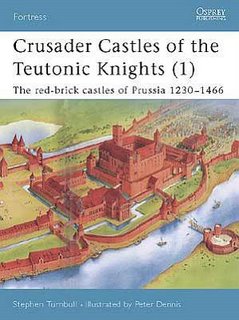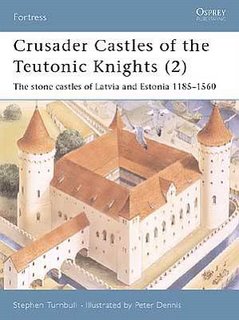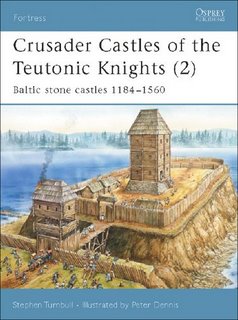
I first read of the northern crusades when I read one of those Osborne children's books on the Middle Ages when I was eight or nine and was intrigued. The book described a grim land of lightless, dense forests where pitiless knights of the Teutonic Order fought savage pagans. The raids and skirmishes were relentless and merciless where the captured were burnt alive in their armour.
Since, I live in a now globalised society influenced by ever present Anglo-Saxon universalist values being replaced steadily (maybe insidiously to some) by a fostered and heavily enforced set of manufactured Asian Values, the history taught in the public schools probably have little if no mention of the crusades in the Baltic because the educators here probably deemed the topic as having little or no utility in our utilitarian and technocratic society. I don't know.'The Northern Crusades' by Eric Christiansen is a fascinating account of the rather unknown crusades in the East. I read that a few days back. Over the weekend, I picked up two references by Stephen Turnbull on the castles and fortresses of the Teutonic Order.
One of the key points made was that the economic gains made in the crusade might not necessarily be there as the Baltic region was a land of long winters with little time for growing crops despite the presence of the Hanseatic League. The inherent structure of the Teutonic Order, the Swordbrothers (Livonian Brothers of the Sword or Militia of Christ of Livonia) and the Order of Dobrzyń (The Prussian Cavaliers of Jesus Christ or Brothers of Dobrin) did allow campaigning in this hostile land.
The new religious orders were able to impose their will upon Prussia and Livonia for over two centuries. However, pressure from Muscovy, Poland and Luthuania soon ensured their demise.

These two volumes from Osprey Publishing on the castles and fortresses of the Teutonic Order have splendid photo references and illustrations and was of great assistance in visualising the period.

Strangely, there seems to be two covers for the second book.
No comments:
Post a Comment